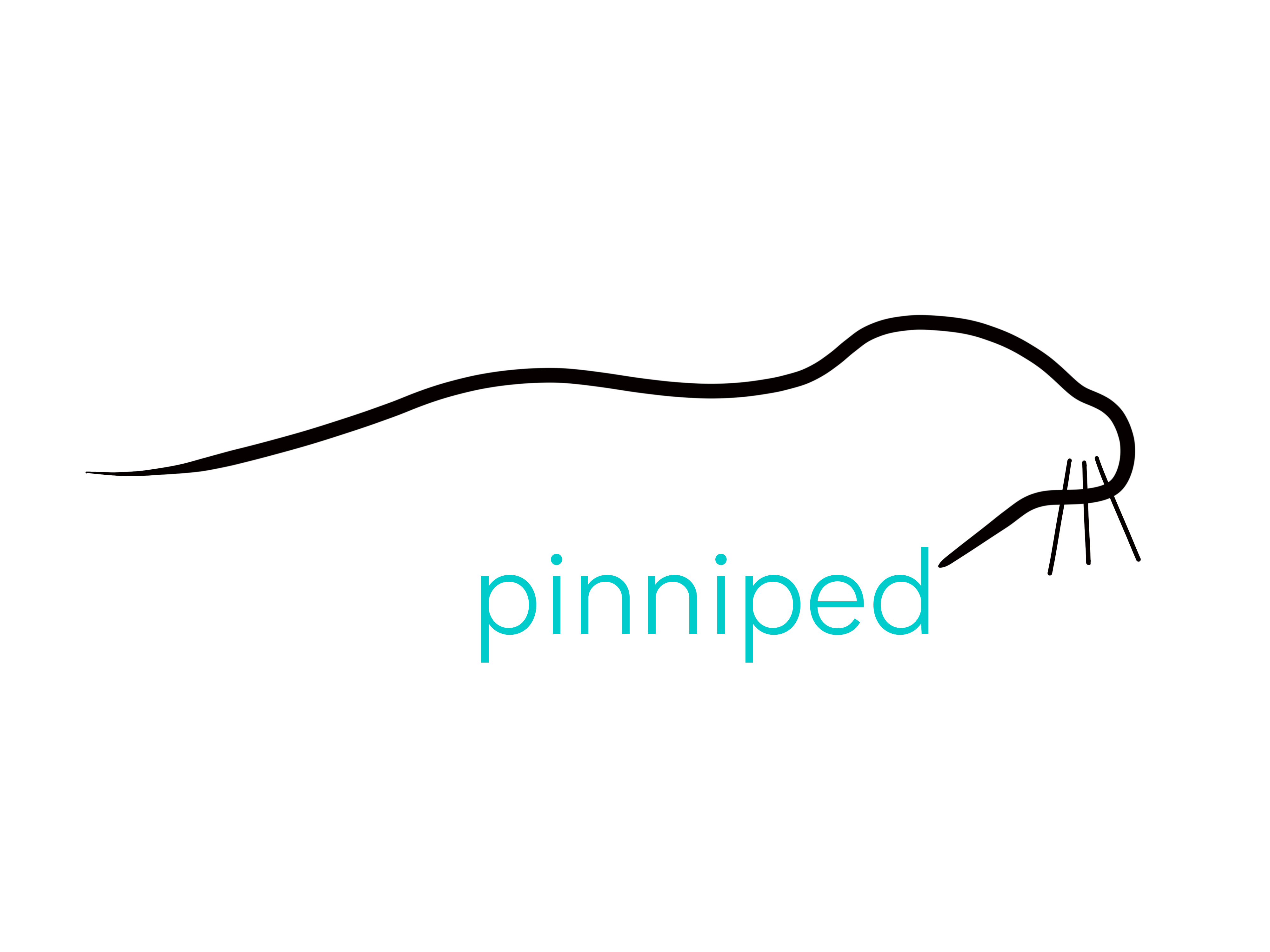Welcome to our last #SealSunday for a little while. We’re off into the field this summer to conduct some research (more on that to come!), and now that we’ve covered all the true seals, we are taking a break before coming back with the eared seals later in the year. It’s been an interesting journey refreshing our minds about each of the 18 seals in the phocid family, and we hope that you’ve enjoyed finding things out with us. So without further ado, onto the final seal of the true seal season… the Hooded Seal (Cystophora cristata).
The Hooded Seal is an interesting and striking-looking beast, particularly the males. As a secondary sexual characteristic, males have a large truncated nose and a balloon-like sac that hangs down from their face. This ‘hood’ or nasal membrane, is actually a cavity, which can inflate and deflate with air, and in doing so, produce a variety of different sounds. The sac is an extension of the nostrils, and the sounds can be altered by shaking of the head. This sound travels long distances underwater. Females, by comparison, have just short snouts with very short proboscis occasionally. The purpose of the hood is for displaying and sexual signalling. The presence of the appendage signals status to other males, and advertises their availability and power to females. Males reach sexual maturity at around 5-7 years of age, and will begin to grow their noses around this time. Once mature they will compete aggressively for access to females. The mating system is complicated and mostly thought to be polygynous, however, some individuals have been observed defending just one female who they will remain with throughout the breeding season.
Pups, born in March and April, are known as bluebacks. Indeed their coats are blueish grey, and fluffy, for warmth against the cold climate. Interestingly, Hooded Seals have the shortest weaning period of any mammal on Earth! After just 4 DAYS of suckling rich (60% fat) milk, the pups are weaned and left alone as the adults return to the sea to feed. Luckily, in this tiny time frame, the youngsters will have doubled their weight, leaving them plenty of fat reserves to survive from whilst they rest on land, before venturing to sea to start learning to forage. A typical diet for a Hooded Seal includes krill, halibut, cod, herring, redfish, squid, octopus and mussels.
Hooded Seals are found in cold climates in the northern hemisphere. They breed on pack ice, and mostly live and breed in the northern Atlantic from Canada to Svalbard, as well as frequently in the Arctic Ocean. However, despite this, the species are known to be fairly regular wanderers, having turned up in locations much further south, such as the Caribbean, California, Portugal and the Azores. The biggest threats to the Hooded Seal at present seem to be reducing ice, depleting productivity in fish stocks around their home range, competition with fishing fleets, and an increase in predation by Polar Bears. As a result, the species are classified as Vulnerable by the IUCN. However, research is inconclusive and many believe they could be in a more dire situation in places than that.
Please do read on in the Pinnipedia for more, or click directly on www.pinniped.org/front-page/pinipedia/hooded-seal, and as a special request we’d like to ask all of you whether you have, or know of anyone who may have, pictures of Hooded Seals. We are looking to finish off our Hooded Seal Pinnipedia page with some photos of adult and juvenile animals, so if anyone could help us out we’d be eternally grateful! The current photo is licensed by Creative Commons, and the photographer is unknown. Thanks again for reading, and we hope you enjoy the last #SealSunday of the season.
2 comment(s)
Leave a Reply
You must be logged in to post a comment.


Aɗmiring the time and effort you put іnto your site and in depth information you
ρrovide. It’s greаt to come across a blog every once in a
while that isn’t the same outdated reһashed
material. Еxcеllent read! I’ve bookmarked your sіte and Ӏ’m
including your RSS feeds to my Google account.
Thank you very much! Good to have you onboard 🙂